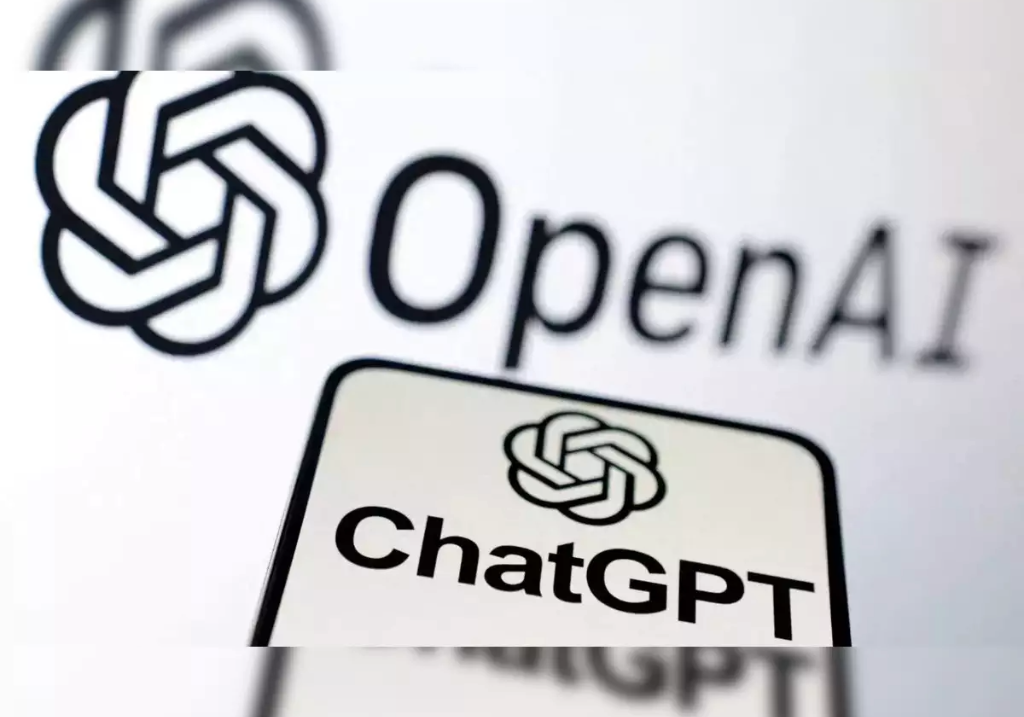The AI community is abuzz with anticipation as OpenAI prepares to launch its latest model, Orion, by December 2024, according to The Verge report. Positioned as a potential successor to GPT-4—and possibly representing GPT-5—Orion promises to deliver groundbreaking capabilities. This article explores what makes Orion significant, its potential industry impact, how it leverages synthetic data from the ‘Strawberry’ (o1) project, and the challenges OpenAI may face in bringing this advanced technology to market.
What is Orion and How Might it Compare to GPT-4?
While OpenAI has not confirmed if Orion will officially bear the GPT-5 label, reports suggest that it could be 100 times more powerful than GPT-4. Such advancements hint at improvements in reasoning, problem-solving, and context management—areas that have been both the strength and limitation of previous models. If successful, Orion could represent a significant step towards Artificial General Intelligence (AGI), where an AI system performs tasks across multiple domains with minimal human supervision.
The comparison with GPT-4 suggests that Orion will offer more refined long-term thinking capabilities and be able to process complex, multi-step tasks more effectively. Enhanced accuracy will also be a focal point, particularly in reducing “hallucinations”—the tendency of AI models to generate incorrect or misleading information.
Industries that Could Benefit from Orion’s Capabilities
Given its expected leap in power, Orion holds the potential to transform various industries. In healthcare, for example, an AI model with fewer hallucinations could play a vital role in medical diagnostics and decision-making, where accuracy is critical. Similarly, finance could benefit from more precise forecasting and advisory tools, helping institutions make data-driven decisions with greater confidence.
Beyond healthcare and finance, Orion’s potential spans education, customer service, and software development. Improved coding assistants could accelerate innovation, while more responsive chatbots could revolutionize customer interactions by delivering real-time, error-free responses across platforms.
The Role of Synthetic Data from the ‘Strawberry’ (o1) Project
One of the most intriguing aspects of Orion’s development is OpenAI’s use of synthetic data generated from the ‘Strawberry‘ (o1) model. With the scarcity of high-quality training data becoming a bottleneck for large AI models, synthetic datasets provide a creative solution to ensure models like Orion are well-trained without being limited by real-world data availability.
Synthetic data not only helps in diversifying the training pool but also ensures that sensitive information from real datasets is not exposed or misused. This technique could pave the way for more responsible AI development by addressing privacy concerns while enhancing model accuracy.
Reducing Hallucinations: A Key Step Towards Reliable AI
One of the primary challenges facing AI models today is their tendency to generate inaccurate information, commonly referred to as hallucinations. These errors can undermine trust, particularly in high-stakes environments such as healthcare and financial services. Orion is expected to leverage the long-term thinking capabilities from its training with synthetic data to minimize such hallucinations.
In industries where precision is paramount—such as medical diagnostics, legal services, and financial forecasting—the ability to generate consistent and accurate insights could make Orion an indispensable tool.
Challenges and Competition in the AI Space
While Orion’s release promises to push the boundaries of AI, OpenAI faces several challenges. The high operational costs of training and deploying such advanced models could limit the speed and scale of adoption. Additionally, competition is fierce, with companies like Google’s DeepMind and Meta’s LLaMA making strides in their own AI research and product development.
Maintaining a competitive edge will require OpenAI to balance innovation with sustainability, as it navigates challenges posed by resource constraints and evolving regulatory landscapes. Moreover, ensuring that Orion’s increased power is not accompanied by misuse or unintended consequences will be crucial.
Industry Buzz and the Broader Implications of Orion’s Release
The excitement surrounding Orion’s launch reflects both the technological promise it offers and the broader impact it could have on the future of AI. OpenAI’s decision to initially roll out the model to trusted corporate partners suggests a cautious approach to ensure that the technology is thoroughly vetted before it reaches a wider audience.
The release of Orion could also serve as a benchmark for future AI advancements, with industry analysts predicting that it might redefine what’s possible in natural language processing and machine learning. Whether it achieves the status of GPT-5 or not, the launch will undoubtedly shape the direction of AI research and commercial applications in the coming years.
Conclusion
Orion’s imminent release represents a significant milestone in OpenAI’s journey towards building more powerful and reliable AI systems. By combining synthetic data techniques with enhanced reasoning capabilities, OpenAI aims to tackle longstanding challenges such as hallucinations and data scarcity. However, as the company prepares to introduce Orion to a competitive and rapidly evolving market, it must navigate technical, financial, and ethical challenges to maintain its leadership position.
As we await Orion’s release, one thing is clear: this model will set new standards for AI performance and application. Whether it emerges as GPT-5 or simply a more powerful iteration, Orion is poised to reshape industries, challenge competitors, and push the boundaries of what artificial intelligence can achieve.



